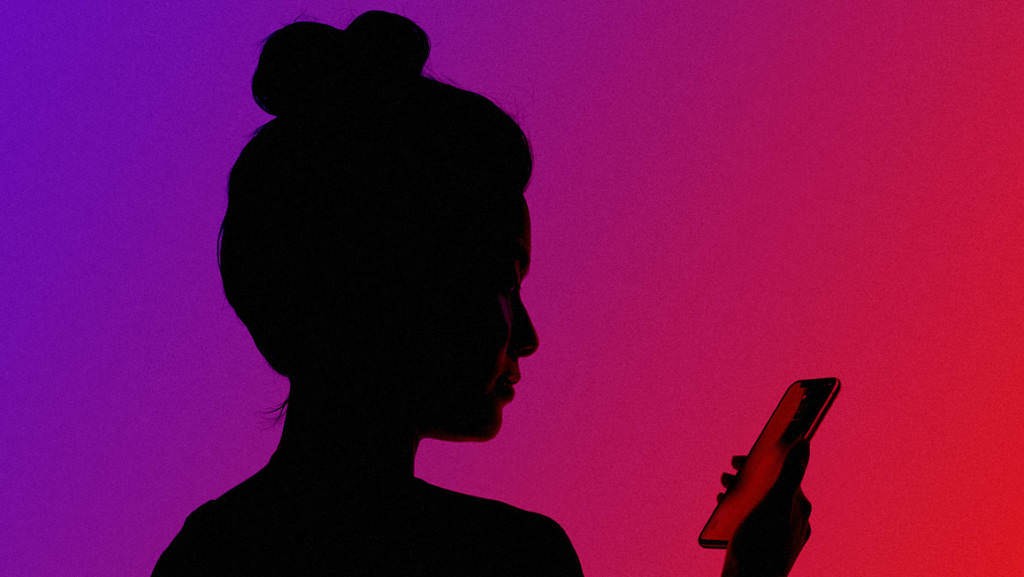Facial recognition is no longer the stuff of science fiction. The technology has been used for everything over the years from identifying criminals to tagging friends on Facebook.
An obvious use for facial recognition is marketing, as brands hope to cater messages to each individual.
The facial recognition market size is estimated to grow from $3.35 billion in 2016 to $6.84 billion by 2021, at a compound annual growth rate of 15.3 percent, according to Markets and Markets.
Here are some ways that brands are using the technology to interact with a consumer’s face.
Expedia—Discover Your Aloha
Expedia partnered with the Hawaii Tourism Authority to create an interactive campaign called Discover Your Aloha.
The Discover Your Aloha microsite features brightly colored images and video footage designed to represent a variety of possible activities on the islands. With the viewer’s permission, custom-built facial recognition software identifies which footage evokes the most positive reaction and offers a discounted vacation package to match.
“By integrating the facial recognition technology to identify the content and guide that resonates most positively with the viewer, the experience and perception of the Hawaiian Islands as a travel destination can be even more personal and inspiring for the viewer,” Noah Tratt, global senior vice president for Expedia, wrote on the company’s website. “It’s not just about being innovative, but it’s using innovation in a strategic way to achieve the right results.”
Olay—Skin Advisor
Consumers can tame oily skin, wrinkles and other concerns by allowing Olay’s AI-powered app to take a look.
Users who download the Olay Skin Advisor app are asked a series of questions about their existing skin regimen and areas of concern. Taking a selfie allows the tool to identify skin problems and recommend Olay products that can help.
“Many people don’t realize that it was Olay scientists who developed the technology behind the portable facial imaging systems most commonly found today in department stores and dermatologist offices,” Dr. Frauke Neuser, Olay’s principal scientist told AListDaily. “These systems are great tools to provide a personalized skin analysis—but the technology behind it is linked to feature-based image analysis and is, therefore, hardware-based. In order to make this type of consultation mobile and available to many more women, we knew we had to come up with a different, ‘smarter’ approach. AI was the perfect fit to provide an extremely accurate, yet educational and engaging user experience.”
Douwe Egberts—Bye Bye Red Eye
A few years back, Dutch coffee company Douwe Egberts used facial recognition to dispense free coffee whenever a passing traveler yawned. The company set up a coffee machine at the O.R. Tambo International Airport and word quickly spread—sending consumers “yawning” to partake in the promotion.
Apple—Face ID
Keep your new iPhone X safe from evil twins, because Apple’s latest gadget forgoes the home button in favor of facial recognition. The same technology can be used to animate and record messages through emoji.
Talking poo may be entertaining, but Apple no doubt has a bigger plan in mind for its neural engine. With facial recognition built right in, Apple will be able to gauge consumer reactions to apps and advertisements. While the company has not expressly announced these plans, they would not come as a surprise to anyone.
Other uses of the technology have included displaying messages targeted to women on bus stops, advancing through an ad by blinking, “checking in” to a location to receive special deals and more.

